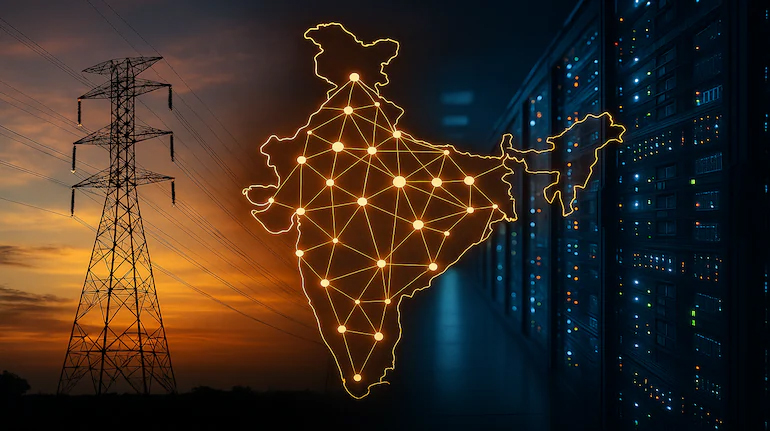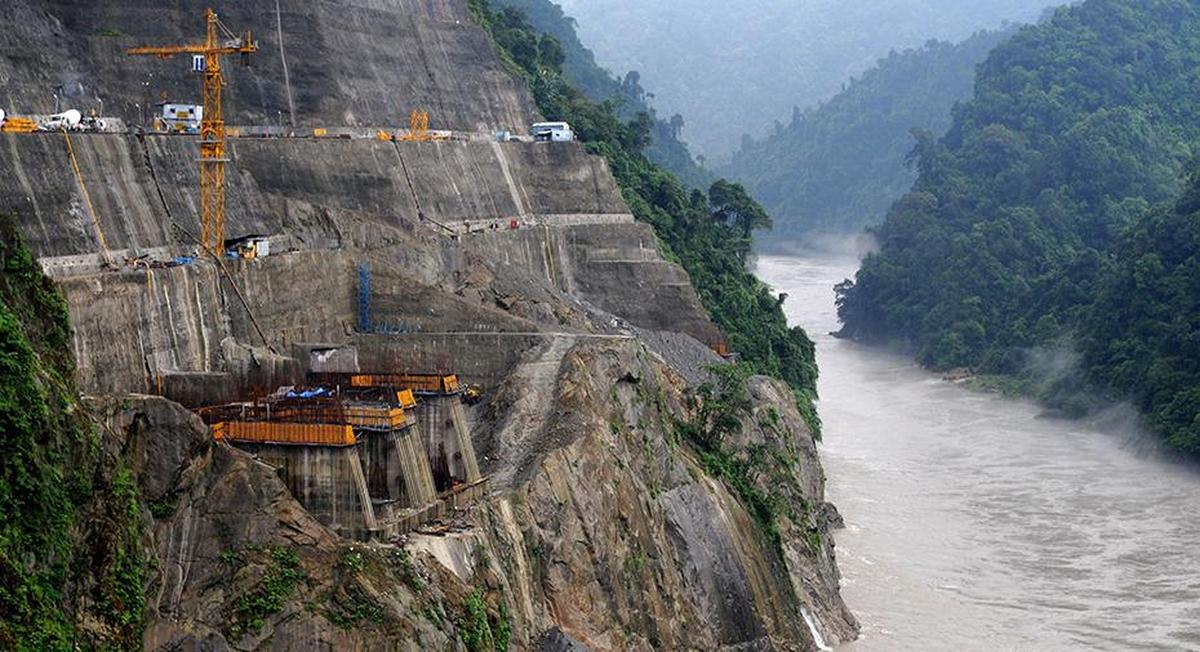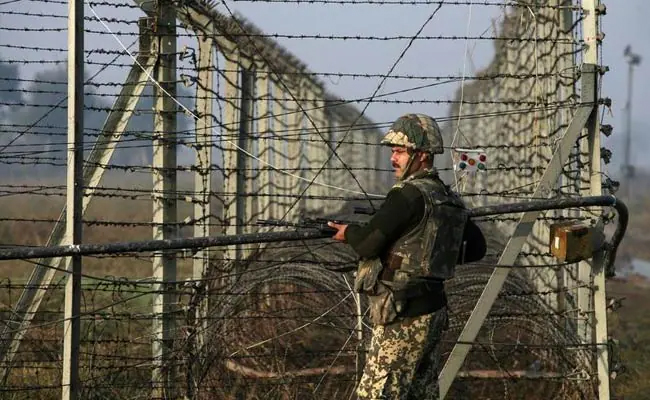India’s data centre boom: Global giants and local players set to pour over $50 billion into capacity buildout
 Global hyperscalers and Indian conglomerates are preparing to invest more than $50 billion over the next five to seven years to expand India’s data centre industry, according to fresh market estimates cited by The Economic Times.
Global hyperscalers and Indian conglomerates are preparing to invest more than $50 billion over the next five to seven years to expand India’s data centre industry, according to fresh market estimates cited by The Economic Times.
The result: India’s total data centre capacity could rise from 1 gigawatt (GW) today to nearly 9 GW by 2030, marking one of the fastest global expansions in this space.
The scale of investment
Real estate investment firm JLL estimates staggered investments of $35–50 billion over the next seven years, enough to trigger a ninefold jump in capacity.
Separately, Jefferies projects India’s data centre capacity to reach 8 GW by 2030, driven by surging data traffic, localisation requirements, and artificial intelligence (AI) adoption. The brokerage estimates $30 billion in capital expenditure and $8 billion in leasing revenue could be generated over the same period.
The investment spree is already visible. Google’s $15-billion Vizag AI hub, announced recently, is one of the largest foreign direct investment (FDI) commitments in India’s history.
The global tech rush into India
In January, Amazon Web Services (AWS) said it would invest $8.3 billion to expand its Mumbai cloud region, a project expected to contribute $15.3 billion to India’s GDP by 2033 and create over 81,000 jobs annually.
Meta, too, is preparing to bring its multi-billion-dollar subsea cable project, Waterworth, to India by 2030, a move expected to unlock a new phase of data localisation and connectivity growth.
The global momentum is being matched by Indian heavyweights such as Reliance Industries, AdaniConnex, Tata Consultancy Services, and Bharti Airtel, all of whom are racing to build infrastructure to support the growing data needs of 1.4 billion Indians.
A fast-growing but small base
India’s data centre market is expanding at 17 percent annually, according to a US-based real estate firm, though its 1-GW base is still small compared with North America’s 38 GW, which is projected to reach 84 GW by the end of the decade.
The surge is underpinned by the explosive rise in data consumption, from 8 exabytes in FY17 to 229 exabytes in FY25, driven by OTT platforms, digital payments, social media, and ecommerce. Analysts believe India’s new data protection law and rapid AI adoption could be the next key catalysts.
The next frontier: AI-driven infrastructure
“India has the potential to offer an incremental 5 GW of data centre capacity in the medium term, provided we are able to address AI infrastructure needs at a broader Southeast Asia level,” said Prateek Jhawar, Managing Director and Head, Infrastructure and Real Assets Investment Banking, Avendus Capital, as quoted by The Economic Times.
He added that achieving a buildout of that scale would require roughly $150 billion in total investment, spanning not just data centres, but also high-performance computing hardware (CPUs and GPUs), energy systems, and network connectivity.
The roadblocks ahead
Globally, data centres designed for AI workloads are increasingly being built in remote regions, noted Prashant Tarwadi, Director at India Ratings & Research (Ind-Ra). Such locations offer cheaper land, lower energy costs, cooler climates, and favourable tax policies, advantages that could guide India’s next phase of expansion.
However, Ind-Ra cautioned that nearly 60 percent of India’s planned capacity expansion remains at a nascent stage, with developers expected to calibrate supply in line with demand. The key challenge, it said, will be the timely expansion of power and distribution infrastructure to ensure consistent energy connectivity for large-scale data centre parks.




